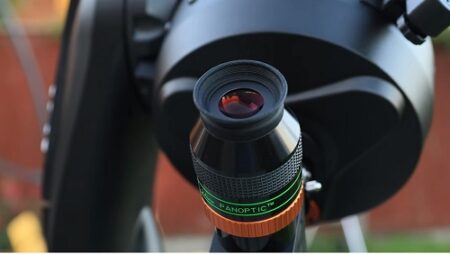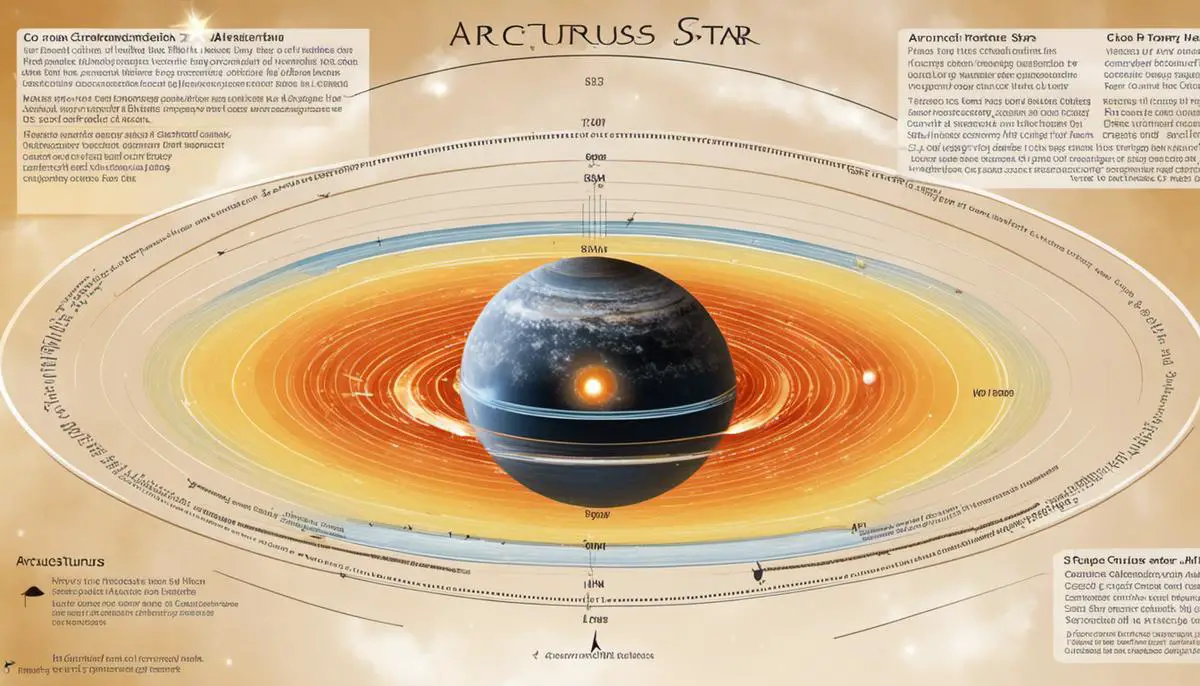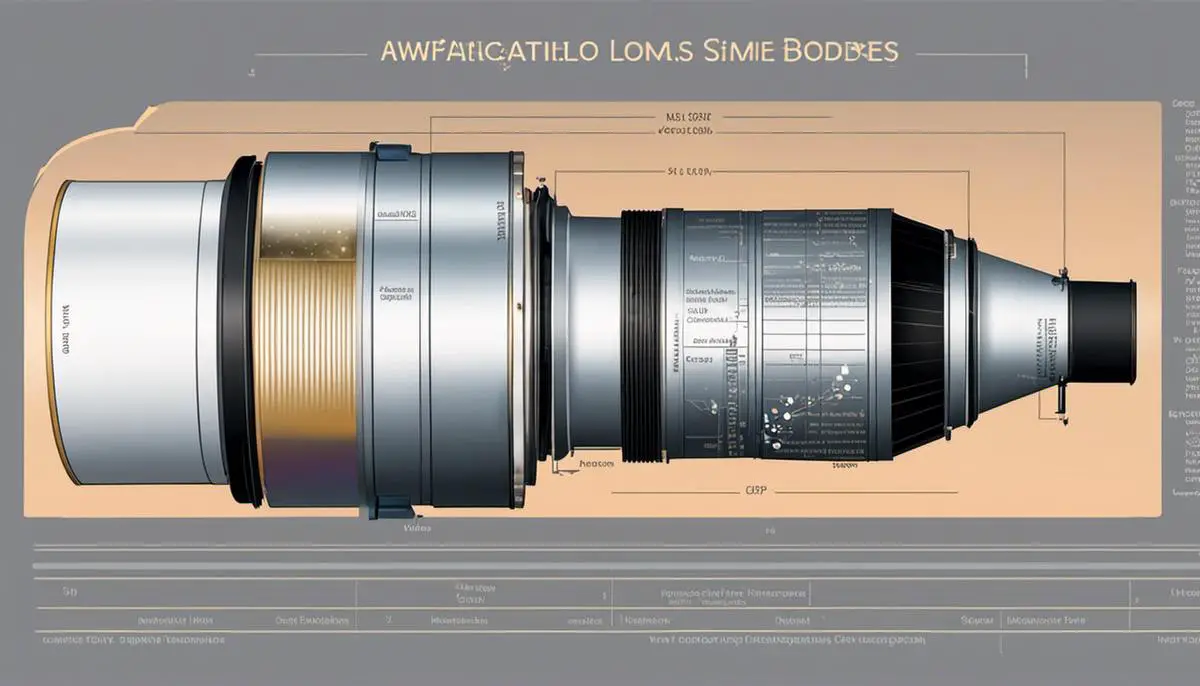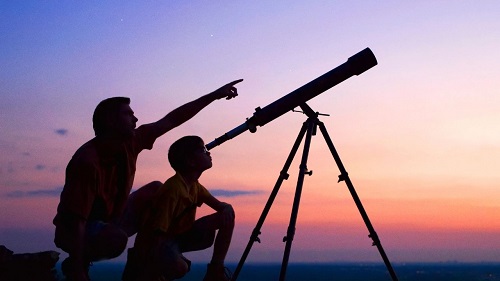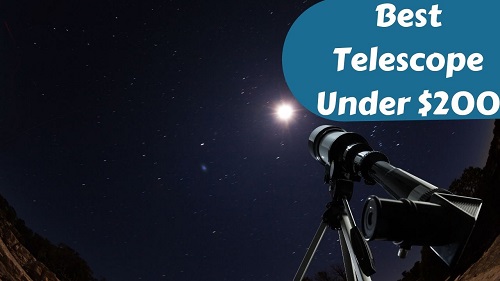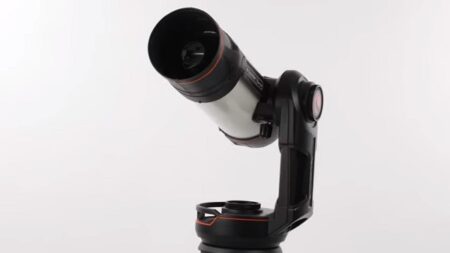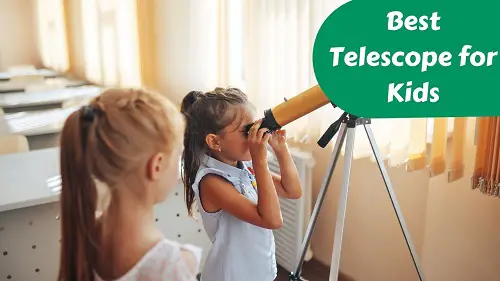The telescopes that can magnify images of a faraway object using lenses are called refracting telescopes. If you wish to look at starts and planets with a clear observation you have to use a refracting telescope.
Using a reflecting telescope can be a bit tricky. So you have to know how it works before you can use a reflecting telescope. If you follow this guide you will an expert in using it in no time. So let me show you how to use a refracting telescope and how it works.
Refracting Telescope How It Works
Before you know how to use a refracting telescope you should know how it actually works. There are two lenses that are used in a refracting telescope. The lenses are used to focus the light. They make the targeted object look bigger by focusing the light. Both are convex lenses.
So they focus a system of light rays into a single point. In simple words, a refracting telescope produces an image using a convex lens that can bend the rays of light inward. This makes the image of the targeted object look smaller. By doing so, a refracting telescope works almost efficiently.
Type of Lens Used in a Refracting Telescope
In the beginning, a simple refracting telescope had only two lenses. They were both convex lenses. One was used in the front and the other one was used in the rear side of the telescope. The initial one is known as the objective lens and the other one is called the eyepiece.
But such type of telescope has a fault called “Chromatic Aberration”. As I have already said, the convex lens helps to put all the light rays that come out of an object into one point. This is called the focal point. But different colors of lights have different wavelengths.
So they do not fall into the same point. In this case, the blue rays fall into a more inward point and the red rays fall into an outward point. This makes the object look blurry which is called the chromatic aberration. For this reason, the image of the focused object not only looks blurry but also gets fringing on the edges.
To fix this problem, many new made refracting telescope lenses are using a compound objective lens. This lens is made of multiple pieces of glass. All the glasses are generally of different kinds.
They have a complementary shape. This shape helps to reduce the effects caused by chromatic aberration. Though it is not gone totally, it can be minimized into a minimum level.

Different Parts of a Refracting Telescope
Although there are a lot of small and big parts of a refracting telescope, here are the major components that you must know about.
- Eyepiece
The eyepiece is at the beginning end of the body of the telescope. It is basically a convex lens that you use to look through to see the object.
- Optical Tube
The optical tube is actually the main body of the telescope. You will find the objective lens on the other end of the optical tube. This lens helps the eyepiece to see the focused object.
- Focuser
You can use the focuser to focus neatly on the object you wish to watch. Focusing without the focuser is tough and the focuser makes it easier for you.
- Finderscope
The finderscope is a scope that is mounted on the top of the optical tube. You can use this scope to find a particular object you wish to search for. It is also used for adjusting the orientation of your telescope so that you can center the main object in the scope. If you want to know more about finderscope, just read from here.
- Mount
Just like a tripod, the mount is basically the base of the telescope. On the mount, the whole telescope stands and it can be adjusted into different angels from the mount.
How to Use It
So far you have known the basic of a refracting telescope and how it works. Now let’s see how you can use a refracting telescope.
- Picking a Suitable Site
The first thing you have to do is to pick a site which is far from any kind of light sources. Street lights, porch lights or other light sources are kind of pollutions that brighten the sky at night. This makes some objects very difficult to observe.
- Setting up the Tripod
Setting up the tripod is a bit tricky. First of all, you have to lay the tripod on a surface. Then you have to set the legs of the tripod to the same length so that it is balanced. After adjusting the legs you have to tighten the screws so that you the legs stay put.
After setting up the tripod it is time to put the telescope on top. To do that, loosen the screws of the mounting bracket of the tripod. Then place the telescope on top of the mounting bracket. Then tighten the screws to secure it.
- Inserting the Finder Scope
To insert the finder scope firstly you have to loosen the thumbscrew. Then you have to insert the finder scope on top of the optical tube. And finally, you have to tighten the screws to secure the scope.
- Pointing at the Target
This is a very simple task to do. You have to aim the telescope at a target which is far away up in the sky. For targeting always remember to pick an object which is really bright like the moon or stars. You can lower or raise the tube, and also move it sidewise for pointing the telescope to the target.
- Inserting Different Eyepieces
One of the refracting telescope advantages is that you can insert different eyepieces here. If you want to observe only the edges of an object you can insert a low power eyepiece. And if you wish to see the object in detail you can use a high-powered eyepiece. Usually, an eyepiece with greater than 75x magnification is a high-powered one, and lower than this is a low-powered eyepiece.
Conclusion
So this is all you should know about how to use a refracting telescope. From now on I am sure that using a refracting telescope will not be a problem for you anymore.
Hi, Daniel Here! When I’m not busy working at my own startup, you may find me roaming around the Univers and whats beyond our sky, telescope is a must.

![How to Use a Refracting Telescope?[The Easy Way]](https://besttelescopereview.com/wp-content/uploads/2019/06/How-to-Use-a-Refracting-Telescope.jpg)
